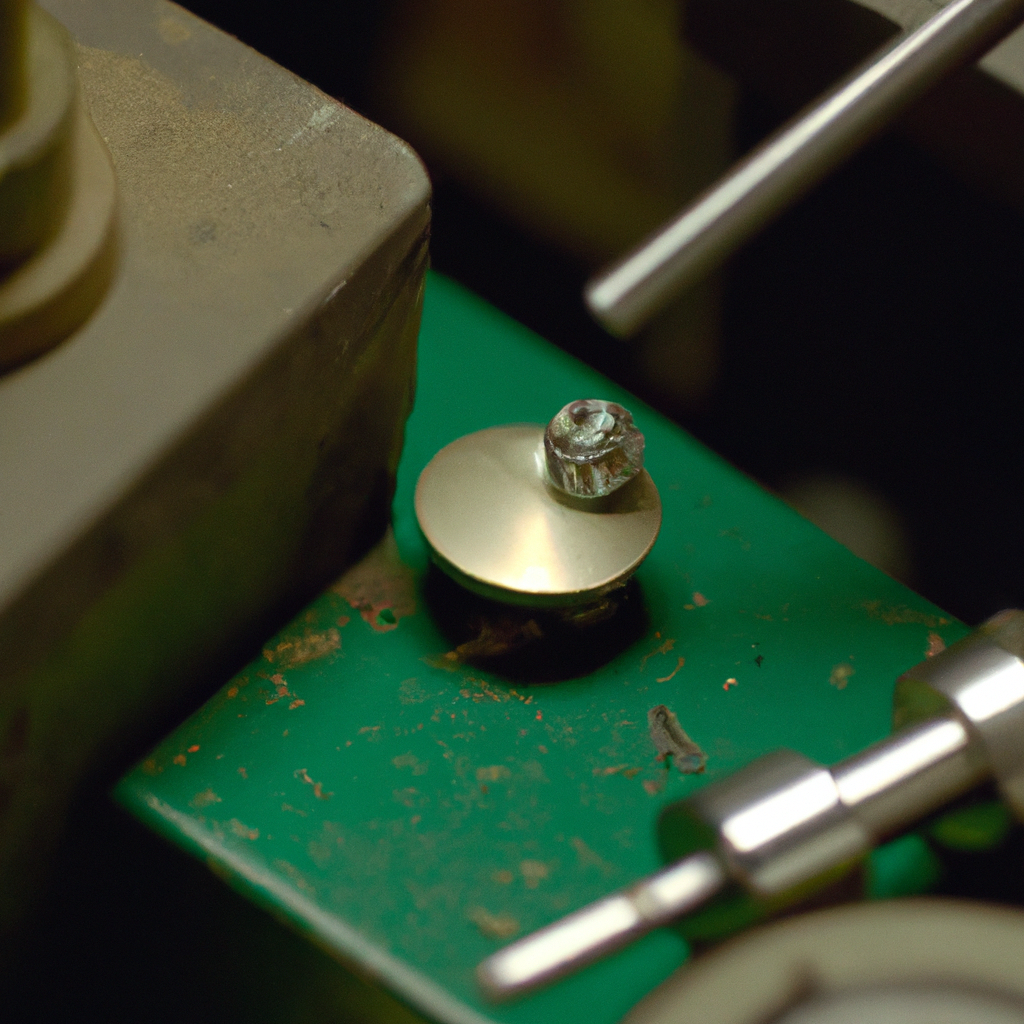Riveted jewelry is a popular form of handcrafted jewelry that involves the use of metalworking techniques to create unique and distinctive designs. The process of creating riveted jewelry involves several steps, including designing, cutting, forming, and joining metal components together using rivet techniques. In this article, we will explore the process of creating riveted jewelry in detail, including the various techniques and tools used in jewelry making and metalworking.
Designing the Jewelry
The first step in creating riveted jewelry is to design the piece of jewelry. This involves sketching out the design on paper, deciding on the materials to be used, and selecting the appropriate tools and techniques for the project. The design should be carefully thought out to ensure that the finished piece is both aesthetically pleasing and functional.
Cutting the Metal
After the design has been finalized, the next step is to cut the metal components. This can be done using a variety of tools, including saws, shears, and rotary cutters. The metal should be cut to the appropriate size and shape for the design, taking into account any curves or angles that may be required.
Forming the Metal
Once the metal components have been cut, the next step is to form them into the desired shape. This can be done using a variety of techniques, including hammering, bending, and shaping. The metal should be carefully manipulated to ensure that it conforms to the design and that all edges are smooth and even.
Joining the Metal Components
The final step in creating riveted jewelry is to join the metal components together using rivet techniques. Rivets are small pieces of metal that are used to connect two or more pieces of metal together. They can be created using a variety of tools, including hammers, punches, and pliers.
To create a rivet, a hole is drilled through the metal components that need to be joined together. A rivet is then inserted into the hole, and the end of the rivet is hammered flat to hold the metal components securely in place. The rivet should be carefully placed to ensure that it does not interfere with the design of the jewelry or the comfort of the wearer.
Tools and Techniques Used in Jewelry Making and Metalworking
Creating riveted jewelry requires a variety of tools and techniques, including saws, shears, rotary cutters, hammers, punches, and pliers. These tools are used to cut, shape, and join metal components together to create a finished piece of jewelry.
Saws and shears are used to cut metal components to the appropriate size and shape, while rotary cutters are used to create intricate designs and patterns in the metal. Hammers are used to shape and form the metal, while punches and pliers are used to create rivets and connect metal components together.
Conclusion
In conclusion, creating riveted jewelry is a complex process that requires a variety of tools and techniques. From designing the piece to cutting and forming the metal components, to joining them together using rivet techniques, jewelry fabrication is an art form that requires skill, patience, and an eye for detail. Handcrafted jewelry and artisan jewelry are unique and distinctive, bringing a sense of elegance and beauty to those who wear them. Whether you are a professional jewelry maker or a hobbyist, creating riveted jewelry is a rewarding and fulfilling experience that allows you to express your creativity and imagination through metalworking and jewelry design.







